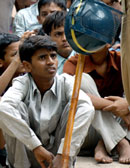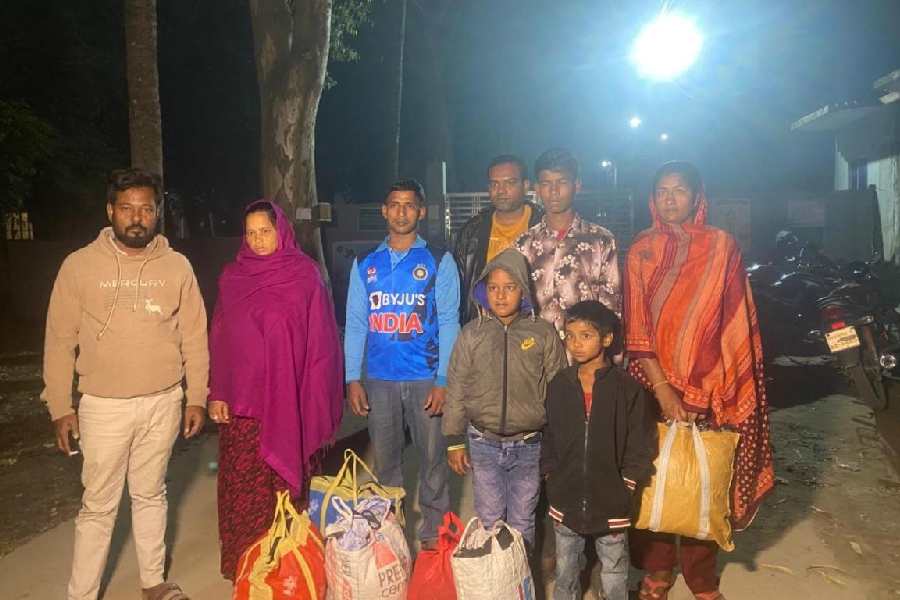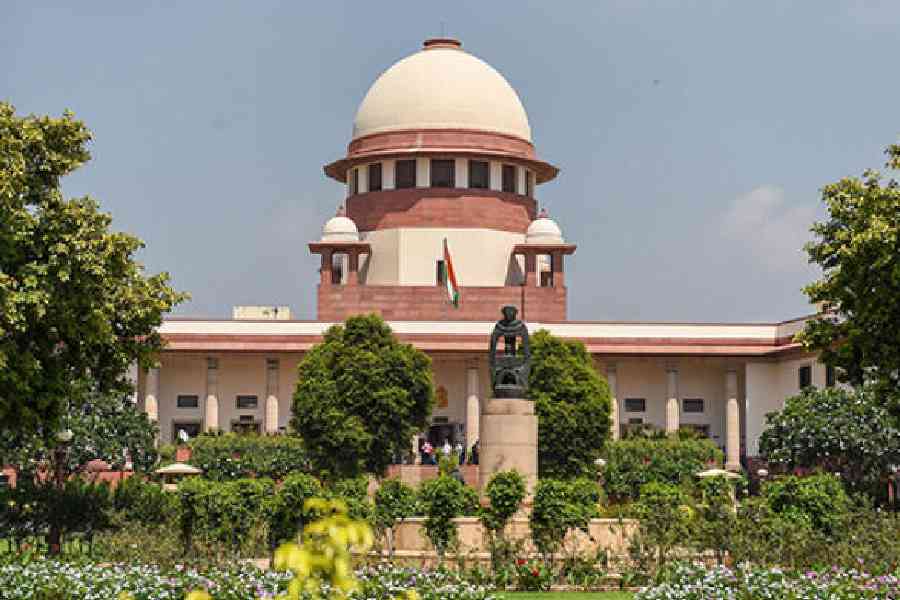|
|
A few days before her death on August 9, 2006, the legendary dhrupad singer, Asgari Bai, was briefly mentioned in the papers. After the usual platitudes about her former glories and grievous illness, there was an embittered outburst from the dying artist. “My son has failed to respect me”, Asgari had reportedly said of her eldest son, Babu, who had allegedly forged her signature and withdrawn over one lakh rupees from her pension account. His depravity also included attempts to sell off the various awards that have been bestowed on his mother, Padma Shri Asgari Bai.
That this ugly twist of fate, ironically, had given her sudden visibility, did not escape the disillusioned singer. Once known for her phenomenal command over tala, her breath-control and exquisite delineation of ragas, Asgari had been silently pushed to the margins, along with the genre she had mastered.
As a child, Asgari had come to Tikamgarh with her mother, a maid with the Raja of Tonk who later became a courtesan. However, instead of following her mother’s footsteps, Asgari was chosen by Ustad Zahur Khan, a renowned dhrupadiya from Gorad, when she was just eight. She spent the next fifteen years training under this eccentric genius, who had refused to teach his own children, singling out Asgari for his affection as well as admonition. Young Asgari had a severely ascetic adolescence, singlemindedly devoted to music. Zahur Khan had ordered her tonsured when she has applied kohl as a teenager.
Eventually, she married Chaman Lal Gupta, a textile mill manager in Agra. After his death in 1962, Asgari returned to Tikamgarh, deserted by her in-laws, and started selling pickles for a living. Nevertheless, she continued her riyaz, giving her first public performance in 1981 at the Allauddin Dhrupad Samaroh in Gwalior. Although 63 by this time, she became pre-eminent in this final gasp of high classicism before succumbing to the vagaries of cultural memory. Only traces of her genius exist in three short recordings found online: a luminous rendering of Purvi distinguished by a sublime interplay between the two madhyams, a Jaijayanti struggling against age, and an intricate Shivmat Bhairav.
The glaring absence of her recordings from the public domain makes any sustained critical comment on her music impossible. She had spent the greater part of her life in penury; her low origins had never fetched her big money. She was not exotic enough to become an Umrao Jaan who could be ‘sexed up’ by the media. Her uncompromising classicism and steadfast devotion to dhrupad did not bring her any commercial success.
Asgari Bai’s death, lamentable in itself, is also a symbol of India’s cultural poverty. Basking in the glory of globalization, India can, at best, offer ‘fusion’ and glamorous young starlets as antidote to the waning public interest in classical music. The unheard melodies of the past and the history of classical music remain out of the public discourse.











